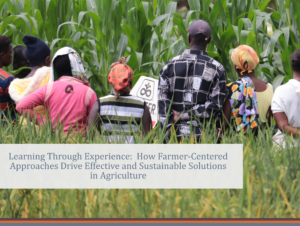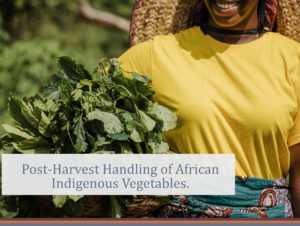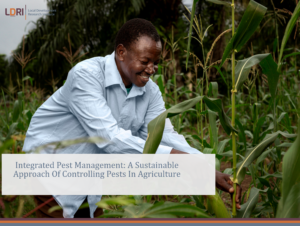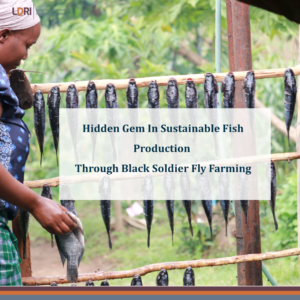![]()
Gender and Energy nexus: The Importance of Clean Energy Sources For Women in Rural areas.
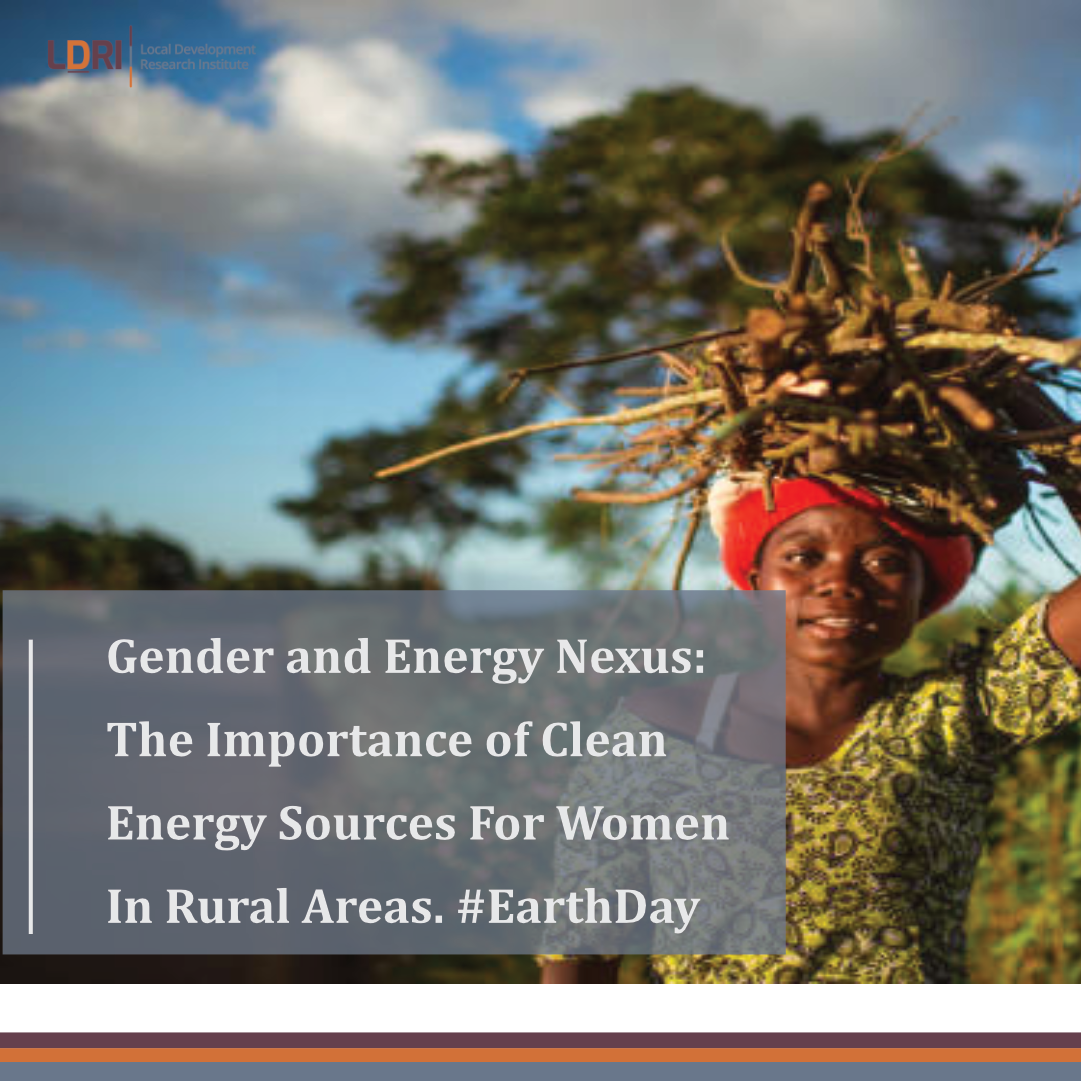
Sub-Saharan Africa (SSA) remains dependent on biomass fuels, which provide over 60% of the total energy demanded. With only 30% of the population in Africa having access to electricity, biomass fuels play a critical role in household energy, mostly in the form of fuelwood and charcoal. In Kenya, 82% of urban households and 34% of rural households depend on charcoal as a primary energy source, whilst the reverse is true for fuelwood with 89% and 7% in rural and urban households respectively. Women play a fundamental role in the households by providing the bulk of agricultural labor as well as taking care of the other household members. Due to their role as guardians, women primarily spend their time in the kitchen preparing meals for the household. The use of biomass fuel is thus a common practice though, an overburdening activity.
Studies have shown that women play a mediating role at the intersection of the gender-energy nexus. As caregivers, women are the principal energy managers in the household, however, limited access to clean energy sources of fuel for cooking, due to financial constraints, has widened the gender inequality gap. Household decision-making on the sources of energy used in cooking is dependent on the household head who in most rural families are men. The subordinate role of women, due to existing gender norms in society, hinders female participation in the choice of clean cooking fuel. The use of firewood and charcoal fuel sources, which emit soot that caused indoor pollution, has had adverse effects on their respiratory and visual health. The time used in accessing energy sources by women and girls entails traveling long distances to access fuel, which can be a labor and time-intensive task. The marginalization of women in household decision-making and access to clean fuel sources necessitates the sensitization of both men and women on the need for participatory decision-making in the household where the choice of sources of fuel is concerned.
The use of improved charcoal and firewood stoves, like ‘Jiko Okoa’ (https://www.burndesignlab.org/projects/the-jikokoa), ‘Kuni saver (https://cookswell.co.ke/product/kuni-saver-firewood-jiko/), and biogas as alternatives to the traditional three-stone stove and metallic stoves, has proven to be more efficient sources of fuel. Improved charcoal and firewood stoves are readily available and affordable, compared to LP gas and electric cookers in rural areas. Recent studies revealed that male household heads’ decision to buy improved stoves was majorly influenced by media sources (Radio, Television, social media, and chief Barazas). Women, on the other hand, received information from friends, female groups that provided savings and credit facilities to their members (also known as ‘chamas’ in the local dialect), and social media. The advantages of using improved stoves were, the ease in lighting, less time is taken to cook meals due to high heat concentration, more energy is conserved since less fuel is used per meal, steady heat hence food does not get burnt, and little to no attention is required in between cooking meals, thus one could multitask. Ultimately, the improved charcoal and firewood stoves created more time for women to attend social functions, conduct farming activities, and do household chores. Additionally, biogas is an efficient source of clean fuel as it reduces cases of respiratory problems, reduces the time used in cooking meals, and provides fertilizer that is rich in nutrients. However, the majority of women do not have adequate knowledge about biogas or the financial resources necessary to install digesters. Research has revealed that women who had husbands in active employment were more likely to use biogas as a source of fuel, hence the slow uptake by most female-headed households in rural areas.
Furthermore, women in rural areas use simple energy sources to conduct post-harvest activities that aim to add value to agricultural products or increase the shelf life of perishables. The boiling of milk to increase the shelf life is a common practice, where farmers use charcoal and firewood as sources of fuel. Solar energy is also used for drying cereals and vegetables to preserve and prepare them for storage. In addition, the use of smoke from firewood is also a post-harvest practice that is used to increase the shelf-life of protein sources, like fish. However, with the advancement in technology, farmers are now using coolers to preserve milk and where possible, cold storage for perishable goods. Although technology adoption by women is still slow due to financial constraints and information asymmetry on post-harvest technologies, there is a need to provide learning opportunities for these technologies to women and link them to financial institutions that provide financial support at affordable rates.
Generally, the use of clean sources of fuel has a positive impact on the environment and the livelihoods of women in rural areas. Biogas digesters help in the reduction of GHG emissions that may cause global warming. Improved charcoal and firewood stoves reduce the amount of fuel used to produce energy for cooking and preservation of agricultural produce, compared to traditional stoves, hence mitigating deforestation tendencies. Women in rural areas required clean, reliable, and cost-effective energy sources to improve their livelihoods. Simple energy-saving solutions that save time, and streamline farming and post-harvest activities, should be a priority to policymakers when formulating policies and designing programs for women. Opportunities are available to both government and private sectors to tap into labor-saving energy solutions in agriculture, with women as the main consumers, due to their role as caregivers and labor providers in farming. This would create demand that can result in better energy service provider networks in rural areas. Creating an enabling environment for women, that promotes the use of clean energy sources would be a positive milestone toward solving some of the development challenges that hinder progress in the country.
Links/reference materials
Food and Agriculture Organization of the United Nations (FAO). (2018). Global Progress of SDG 7— Energy and Gender. (Policy Brief 12). Retrieved from https://sustainabledevelopment.un.org/content/documents/17489PB12.pdf
Factor[e] Ventures. (2020). The Opportunity at the Nexus of Energy and Agriculture. Retrieved from https://www.sun-connect-news.org/fileadmin/DATEIEN/Dateien/New/The_Opportunity_at_the_Nexus_of_Energy_and_Agriculture_Dec_2020.pdf
Johnson, O. W., Gerber, V. and Muhoza, C. (2019). Gender, Culture and Energy Transitions in Rural Africa. Energy Research & Social Science, 49: 169–179.
Njenga, M. and Mendum, R. (Eds.). 2018. Recovering Bioenergy in Sub-Saharan Africa: Gender Dimensions, Lessons and Challenges. Colombo, Sri Lanka: International Water Management Institute (IWMI). CGIAR Research Program on Water, Land and Ecosystems (WLE). 96p. (Resource Recovery and Reuse: Special Issue). doi:10.5337/2018.226
Jagoe, K., Rossanese, M., Charron, D., Rouse, J., Waweru, F., Waruguru, M., Delapena, S., Piedrahita, R., Livingston, K. and Ipe, J. (2020). Sharing the burden: Shifts in family time use, agency and gender dynamics after introduction of new cookstoves in rural Kenya. Energy Research & Social Science, 64:101-413.
Govindan M., Palit, D., Murali, R. and Sankar, D. G. (2020). Energy Justice Across Borders. Bombaerts, G., Sanusi, Y., Jenkins, K., and Guoyu, W. (Eds.), Gender in Electricity Policy making in India, Nepal and Kenya (pp. 111 – 135). Springer Nature Switzerland AG publication.
United Nations Development Programme (UNDP). (2013). Gender and energy; Gender and Climate Change. New York; United Nations Development Programme publishers.
Dohoo, C., Guernsey, J. R., Critchley, K. and VanLeeuwen, J. (2012). Pilot Study on the Impact of Biogas as a Fuel Source on Respiratory Health of Women on Rural Kenyan Smallholder Dairy Farms. Journal of Environmental and Public Health, 2012: 636-298.
Gleditsch, H. H. (2019). Women and Renewable Energy: Implications of the Implementation of Biogas on Women in Rural Kenya. [Master’s Dissertation, Norwegian University of Life Sciences]. https://www.nmbu.no/fakultet/landsam/institutt/noragric
IEA (2018) World Energy Outlook 2018. IEA, Paris. UNDP (2013). Gender and Energy (Policy Brief 4). Retrieved from https://www.undp.org/…/gender/Gender%20and%20Environment/PB4-AP- Gender-and Energy.pdf
Nziramasanga N. A. (2011). African industrialization and energy Opportunities for Integrating Energy in Development: Background paper Industrial Day: tackling energy poverty in Africa. UNIDO.
Gershom, N. and Ssemakula, E. (2017). Traditional Methods of Milk Processing and Preservation by Local Farmers in Kashongi Sub County Kiruhura District. American Journal of Science, Engineering and Technology, 2(2): 62-71. doi: 10.11648/j.ajset.20170202.12

